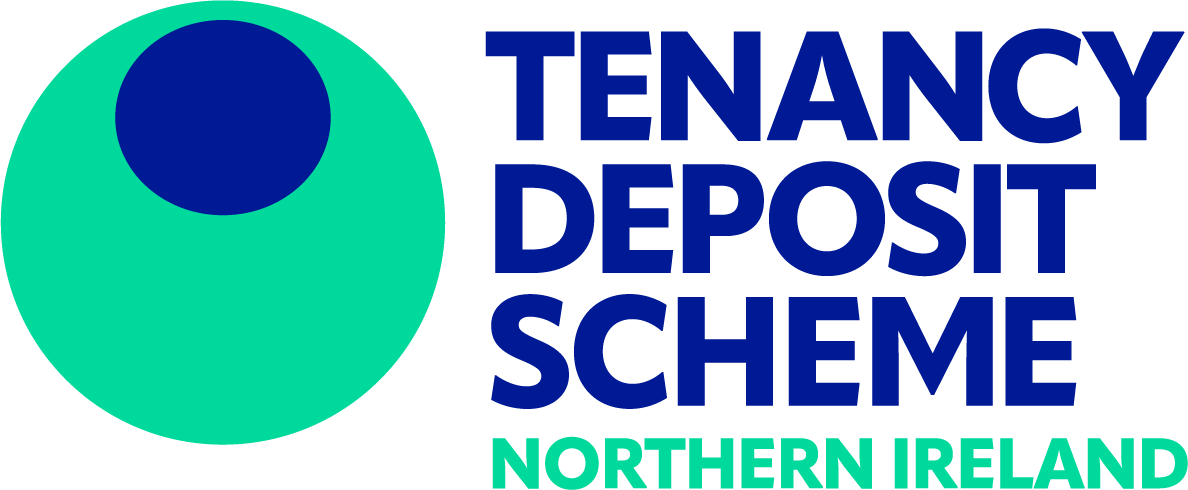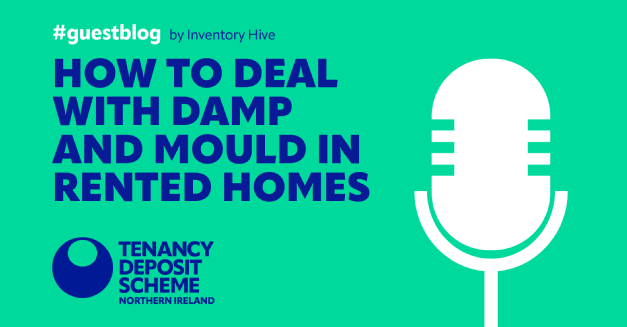How to deal with damp and mould in rented homes RSS feed
There are a few common questions that arise when the issue of mould in rented properties is mentioned: what causes it, how dangerous is it, how do I remove it, how do I prevent it, and who’s responsibility is it to deal with all of that? Here’s some useful advice for tenants, landlords and agents on how to deal with damp in your rented home.
What causes mould in a home?
A good place to start is to understand exactly what damp and mould is and why it appears in our homes.
Mould is a fungus, and just like many other fungi, it thrives in humid or damp conditions. It can grow anywhere but is commonly seen as black or green spot growth on walls, ceilings and fabrics in bathrooms, bedrooms and kitchens.
In the home, mould needs moisture to grow, and this can come from occupant behaviours such as showering, cooking and laundry but also from building issues such as leaks, broken pipes, poor ventilation and glazing. You can see why responsibility isn’t always clear cut.
In all these cases, regardless of who needs to deal with it, where damp occurs, mould flourishes.
There are three common types of damp in a property:
- Rising damp – moisture travels up from the ground through masonry up to about 1 meter.
- Penetrating damp – water penetrates the building from wet weather through leaks.
- Condensation damp – water vapour occurs due to poor ventilation, heating or insulation.
Damp can also occur in new homes where the building hasn’t dried out.
Is mould dangerous to health?
Yes – and it can be serious.
The spores from mould can cause a range of health issues that range from headaches, sneezing, allergies, itchy eyes, throat irritation and skin rashes to asthma, respiratory issues and illness. Babies, young children, the elderly and immunocompromised are particularly at risk for serious health repercussions from mould.
How prevalent is mould in the home?
Sadly, despite the health risks, mould is a growing issue (literally) in the UK’s rented homes. The Government’s Housing Survey in 2022 reported that 11% of dwellings in the private rented sector have a problem with damp, with 14% (3.4 million) of occupied rentals failing to meet the Decent Homes Standard.
It’s a huge problem in the social housing and rental sector.
Can mould and damp damage a home?
Mould is not only dangerous to health, it can also cause damage to the building itself. Other than the unsightly aesthetic, mould and damp can ruin wallpaper, window frames, woodwork, carpets, furniture and curtains. If left, it can affect floorboards and the underlying structure of a home.
How to remove mould
Prevention is very much better than cure when it comes to mould – but most people (tenants and landlords) don’t think about it until it appears.
If you do have mould in your rented home, there are various ways to remove mould from walls, tiles and windows. If you spot it, don’t forget to check in other less obvious areas such as behind beds, in wardrobes and under carpets.
A diluted bleach or anti-fungal spray can be effective at removing small areas of mould but be sure to follow safety instructions and keep the room well-ventilated to avoid toxic risk. For larger areas, you should contact a remediation professional.
You will need to fix any leaks or ventilation and heating issues in the property. You’ll also likely need to change a few lifestyle behaviours and introduce regular cleaning processes for removing moisture from surfaces after cooking and washing. If you don’t make those changes, the mould will likely return.
Tips for preventing mould
To protect the property and its tenants, the ideal scenario is to stop mould from happening in the first place.
From check-in, it is essential to check the property for any early signs of mould. Pay particular attention to the bathroom and kitchen but double check behind furniture in the bedroom and living areas too.
It is equally important to look out for problem areas that could allow moisture to enter the property – or that prevent it leaving the property. Inspect the home for leaks, gaps, poor heating, poor window fittings and ventilation. If there are any cracks or damage, these will need to be rectified quickly.
Tenants need to be made aware of their responsibility regarding upkeep in relation to condensation, cooking, laundry and showering. They should keep the home dry and free of water vapour in the air and on surfaces by opening windows, using fans, heating the property and cleaning.
Above all, it’s important to keep checking.
This is where interim property inspections are useful. Seasonal visits should be planned to check for potential leaks or condensation issues before, during and after the wet weather months. This will highlight potential problems before they become major issues.
Who’s responsible for mould in a rented property?
This naturally raises the question of responsibility. Whose job is it to manage mould in a rented property?
Well, in most cases, it depends on the cause of the damp.
If mould is caused by structural issues and rising or penetrating damp, it is the landlord’s responsibility to remedy the situation according to Section 11 of the Landlord and Tenant Act 1985 (providing the damage hasn’t been caused by the occupant).
The landlord is also responsible for ensuring the insulation, drainage, ventilation and heating are suitable and in working order.
If condensation is caused by lifestyle or negligence on the tenant’s part, the tenant will need to take responsibility.
In all cases, the tenant should report damp or mould as soon as they notice it, so the necessary action can be taken to remove and prevent it. This will help to prevent risk to health and property during the tenancy.
To find out more about how to keep on top of mould in rented properties, how to report issues to landlords, and how to carry out property inspections, visit Inventory Hive and sign up for your free 30 day trial (no card details required)
You can also download a sample custom report here which inspects damp and mould within a property.
Inventory Hive and Tenancy Deposit Scheme working closely together
The Tenancy Deposit Scheme and Inventory Hive run two expert led, CPD accredited courses.
Led by Michael Hill of Tenancy Deposit Scheme and Richard Abbots of Inventory Hive, the courses guide property professionals through reporting at each stage of a tenancy, making the process as smooth as possible.
Course 1 ‘Pre-tenancy activity and inventory check-in’ – The first course includes an introduction to inventory check-ins and practical tips for compiling reports. The session focuses on key vocabulary/terminology and what to include in an inventory report.
Course 2 ‘Mid-term visits and end of tenancy check-out’ – The second course focuses on mid-term visits and end of tenancy check-out reports. The session includes practical guidance on undertaking reports, alongside how reports are approached by an adjudicator when considering deposit deductions.
To register for the on-demand training, visit TDS Academy.
Author

Richard Abbots is founder and CEO at Inventory Hive, which is a simple cloud-based property reporting and 360° virtual tour software – allowing for market-leading paperless management of inventories, check-ins, interim visits, comparative check-outs, customisable reports, and easy-to-use 360° virtual tour.
Sign up for your free 30 day trial (no card details required) here.

